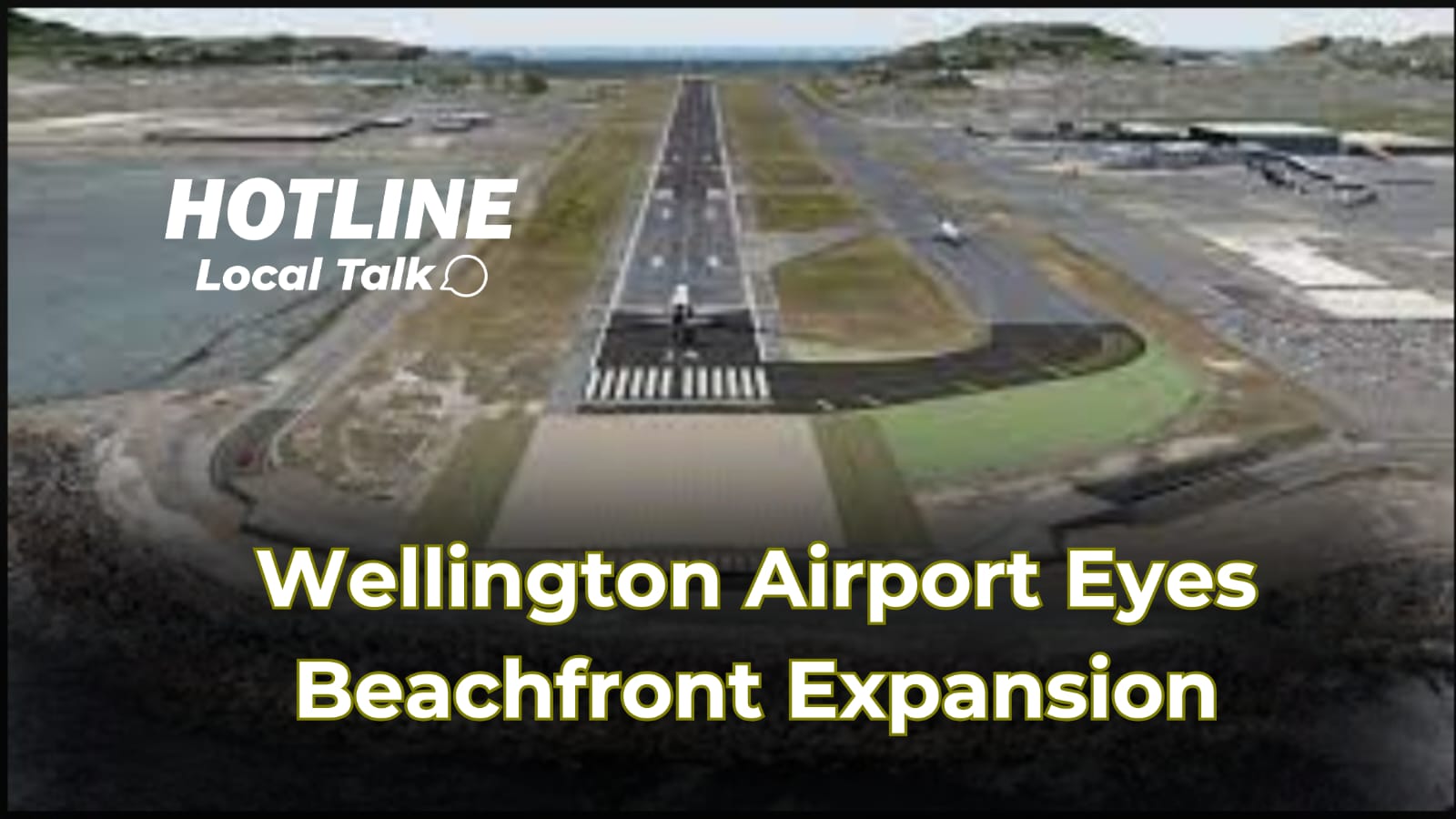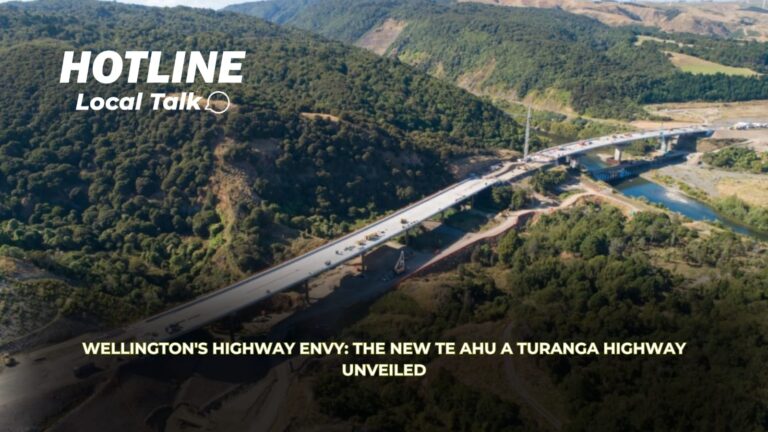By One Network Wellington Live
Introduction
Imagine a road that not only connects two regions but also stirs up a bit of envy in Wellington. That’s what’s happening with the new Te Ahu a Turanga: Manawatū-Tararua Highway, set to open in mid-2025. This new road, stretching 11.5km between Woodville and Ashhurst, is replacing the old State Highway 3 which was closed due to a slip in 2017. Let’s dive into why this road is making headlines and why Wellingtonians might be feeling a bit jealous.
The Old and the New
The original State Highway 3 through the Manawatū Gorge was a vital link, but nature had other plans when a significant slip made it impassable. Since then, the need for a reliable alternative has been pressing. Enter the Te Ahu a Turanga Highway, a modern marvel designed to withstand the challenges that defeated its predecessor.
According to the New Zealand Transport Agency (NZTA), the new highway has been engineered with advanced geological surveys to ensure stability. This is crucial as the region is known for its challenging terrain. The project, costing around NZD $620 million, showcases New Zealand’s commitment to infrastructure resilience.
Why Wellington Has Highway Envy
Wellington, known for its bustling city life and scenic beauty, often faces traffic congestion issues, especially during peak hours. The envy stems from the efficiency and innovation of the Te Ahu a Turanga Highway. Here’s why:
- Reduced Travel Time: The new highway cuts down travel time significantly between Manawatū and Tararua, something Wellingtonians wish for with their own routes.
- Safety Improvements: With modern design standards, the highway promises fewer accidents. Wellington’s roads, while safe, could benefit from similar upgrades.
- Economic Boost: The construction has already provided jobs and will enhance local economies by improving access. Wellington could use similar projects to stimulate economic growth.
A study by the Wellington Regional Council in 2023 highlighted that infrastructure projects like this could reduce congestion by up to 30% in urban areas, a statistic that makes the new highway even more appealing.
Features of the Te Ahu a Turanga Highway
The highway isn’t just a road; it’s a showcase of engineering:
- Length: 11.5km, providing a direct route.
- Design: Includes multiple bridges and viaducts to navigate the rugged landscape.
- Environmental Considerations: The project includes extensive environmental management plans to protect local wildlife and ecosystems, something Wellingtonians appreciate in their own city’s projects.
- Community Engagement: Local iwi and communities were involved in the planning, ensuring cultural sensitivity and community support.
The NZTA reports that over 200 species of native flora and fauna were considered in the environmental impact assessments, ensuring the highway’s construction had minimal ecological disruption.
Impact on Local Communities
The new highway isn’t just about travel; it’s about connecting communities. For Woodville and Ashhurst, this means:
- Improved Access: Easier access to services, jobs, and amenities in nearby towns.
- Tourism: The scenic route could attract tourists, boosting local businesses.
- Property Values: Enhanced infrastructure often leads to increased property values, benefiting homeowners.
A survey conducted by the Manawatū District Council in 2024 found that 78% of residents expected positive economic impacts from the highway, with many looking forward to the potential tourism boom.
Looking Forward: What This Means for Wellington
While Wellington might feel a twinge of envy, the success of the Te Ahu a Turanga Highway could set a precedent for future projects in the capital. Here’s what Wellington could learn:
- Innovation in Design: Incorporating advanced engineering to deal with Wellington’s unique topography.
- Community Involvement: Ensuring projects reflect the values and needs of local communities.
- Environmental Stewardship: Balancing development with environmental care, a priority for Wellington’s green-minded residents.
The Wellington City Council has already started discussions on similar projects, inspired by the success and community support seen in the Manawatū-Tararua project.
Conclusion
The Te Ahu a Turanga: Manawatū-Tararua Highway is more than just a road; it’s a symbol of progress, resilience, and community spirit. As Wellington watches with a bit of envy, there’s also a sense of inspiration. This project shows what’s possible when innovation meets necessity, and it’s a lesson Wellington might just take to heart for its own future developments.
TRUTH SEEKER
Instantly run a Quiz with friends... about the article. Interact more & analise the story. Dig in, catch out biased opinions, and "fact check" with TRUTH SEEKER by ONENETWORK WELLINGTONLIVE 👋
Do you agree with the main argument of this article?
Total votes: 16
What is the length of the Te Ahu a Turanga Highway?
Bias Analysis
Fact Check Summary
True. The article mentions that the project cost around NZD $620 million.
Source: Article
True. The article states that the NZTA reports over 200 species of native flora and fauna were considered in the environmental impact assessments.
Source: Article








